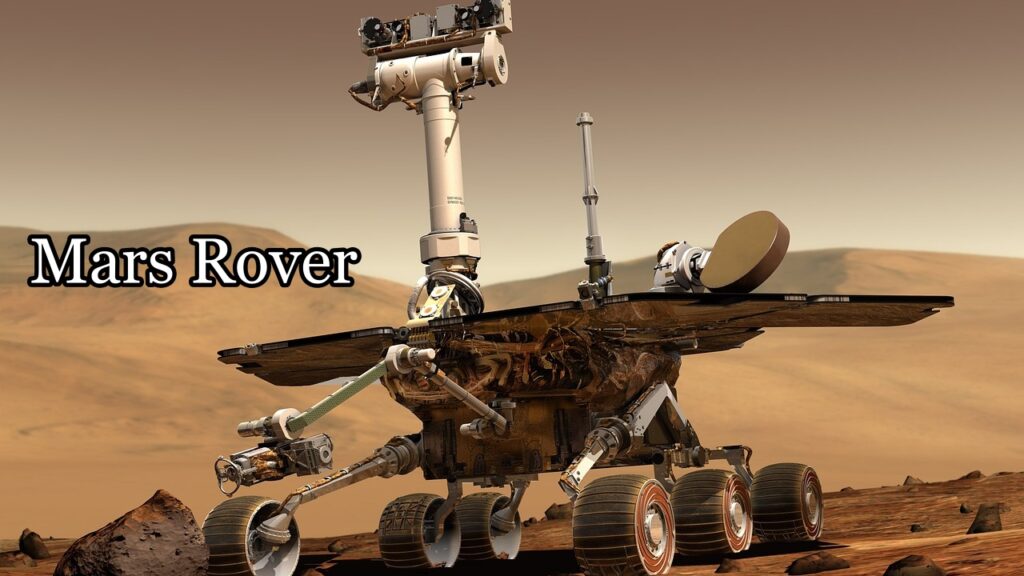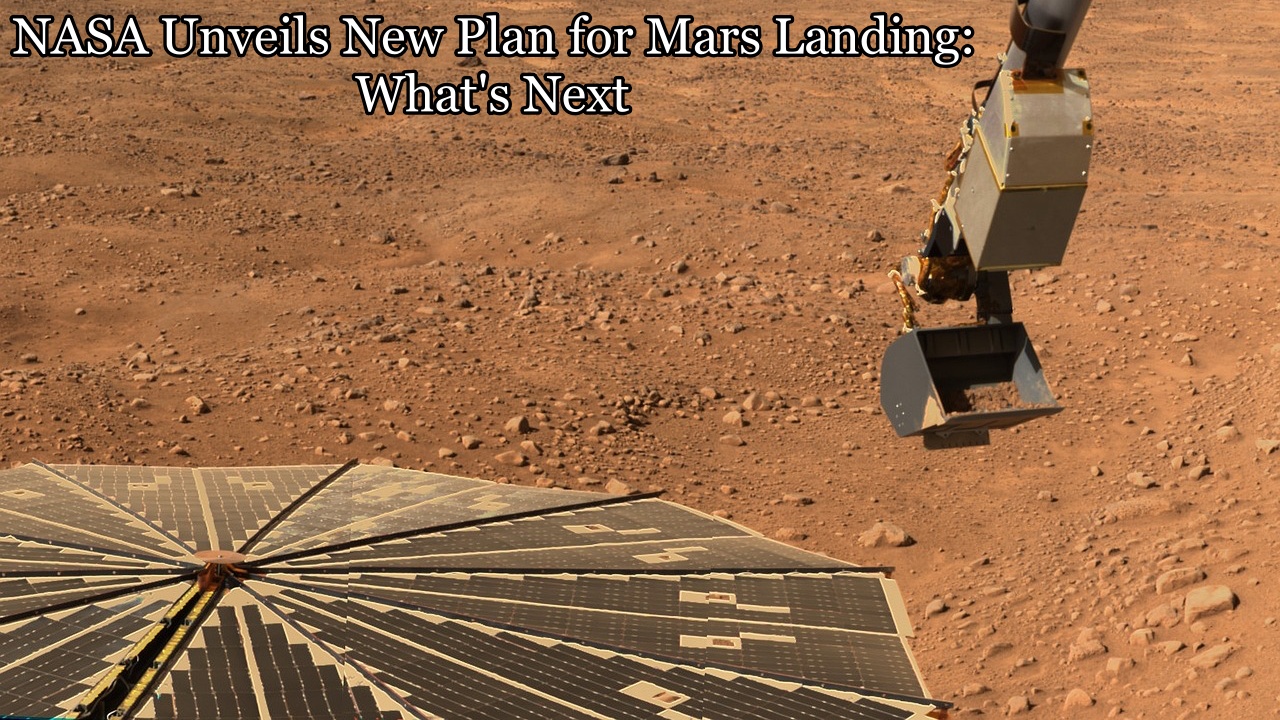As space exploration ventures into new frontiers, major breakthroughs and developments keep occurring in both public and private space sectors. From NASA’s new approach to landing on Mars to Voyager 1’s long-awaited contact, there’s a lot happening in space technology.
Let’s dive into the latest news from NASA, SpaceX, China, and Japan, showcasing how these organizations are making significant strides in the final frontier.
NASA’s Game-Changing Solution for Landing on Mars
NASA has just revealed their latest insights into how humanity will land on Mars, and it’s much more complicated than simply using parachutes or inflatable balls. While previous missions to Mars, such as the successful landing of the Perseverance rover, used inflatable decelerators or the Sky Crane landing system, these techniques won’t be feasible for human landings due to the Red Planet’s unique atmospheric conditions.
For years, landing on Mars seemed nearly impossible due to its thin atmosphere—too thick to use pure propulsive technology like on the Moon, but too thin to rely on atmospheric drag like on Earth. This problem, known as the “supersonic transition problem,” made engineers question whether a human landing on Mars was even practical.
However, a key collaboration between NASA and SpaceX has led to an exciting new development. NASA’s engineers, led by Robert Manning at the Jet Propulsion Laboratory, initially believed that retro propulsion (firing engines to slow a spacecraft) could only be effective at subsonic speeds. This theory was turned on its head when SpaceX’s Falcon 9 demonstrated how engines could be fired at supersonic speeds during re-entry burns. NASA learned that the shockwave produced by firing engines at supersonic speeds actually forms a protective bubble around the spacecraft, offering crucial insulation from turbulence and heat.
In 2014, NASA and SpaceX began working together on the NASA Propulsive Descent Technology project, analyzing Falcon 9’s re-entry burns. This collaboration has brought NASA closer to developing a practical solution for landing on Mars. NASA now believes that supersonic retro propulsion is the key to safely landing heavy payloads, habitats, and even humans on Mars.
The next challenge will be to figure out how to control a spacecraft during supersonic descent in Mars’ thin atmosphere. NASA is currently learning from SpaceX’s Starship, which uses flaps to guide the vehicle during high-speed re-entry. Upcoming Starship missions, including a nighttime re-entry planned for 2024, will provide valuable data to refine these techniques.
Voyager 1: NASA’s Longevity Champion
In a heartwarming development, NASA’s Voyager 1 has re-established contact after a period of silence that began in October. The 47-year-old spacecraft is now 25 billion kilometers from Earth and still transmitting data, although its power is running low. Only four of Voyager 1’s instruments remain operational, and all are functioning at temperatures lower than they were originally designed for.

The re-establishment of communication with Voyager 1 was a major achievement, especially given the spacecraft’s advanced age and the long distance between it and Earth. NASA engineers had to troubleshoot a fault protection system that had automatically switched off non-essential systems, including the spacecraft’s main X-band transmitter. Fortunately, they were able to restore communication, and Voyager 1 is now returning valuable data about the outer reaches of the solar system. As it approaches its 50th anniversary in 2027, Voyager 1 will continue to provide insights into deep space.
Japan’s Resilience Lander: A Second Attempt at the Moon
In another exciting development, Japan’s private company iSpace is gearing up for a second attempt at landing on the Moon. The Resilience Lander, set to launch in January 2025 aboard SpaceX’s Falcon 9, will carry a small rover called Tenacious, along with commercial and scientific payloads. This mission follows a failed attempt in April 2023, when the original iSpace lander encountered a sensor issue during its descent.
Despite the setback, iSpace has upgraded the Resilience Lander’s software and is optimistic about its second chance. The mission is a significant contribution to NASA’s Artemis program and is expected to provide valuable data about the Moon’s surface and environment. Japan’s efforts continue to showcase the growing role of private companies in space exploration.
China’s Lunar Discoveries: New Insights from Chang’e 6
China’s space agency is also making waves with its Chang’e 6 mission, which recently collected rock samples from the Moon’s far side. These new lunar samples are shedding light on the Moon’s volcanic history, revealing that volcanoes may have been active on the far side as recently as 2.8 billion years ago.
The findings suggest that the Moon’s far side had less volcanic activity than its near side, which has long been a subject of scientific debate. Researchers have noted significant differences in the chemical composition of the lunar rocks collected from both sides, including lower levels of potassium, rare Earth elements, and phosphorus in the far side samples. These new discoveries are helping scientists understand the Moon’s geological history and the impact of cosmic events like asteroid collisions, particularly at the Moon’s South Pole-Aitken Basin.
The Future of Space Exploration: A Collaborative Approach
From Mars landings to the far side of the Moon, we are witnessing a new era of collaboration and discovery in space. NASA’s partnerships with private companies like SpaceX are transforming the way we approach interplanetary exploration, and the latest advancements in propulsion technology are bringing us closer to landing humans on Mars. Meanwhile, nations like Japan and China are contributing important new data about the Moon’s history and the challenges of lunar landings.
As we move beyond Mars and toward deep space, the future of space exploration looks bright, with new technologies and international cooperation paving the way for humanity’s next giant leap.
Conclusion
NASA’s groundbreaking work on landing on Mars, combined with the progress being made by SpaceX, iSpace, and China, shows that the future of space exploration is full of exciting possibilities. With key missions scheduled for the next few years, including Starship’s ongoing development, Japan’s Resilience Lander, and China’s lunar research, the pace of discovery and innovation is accelerating. As technology advances and we continue to collaborate across nations, the mysteries of the cosmos will come into sharper focus, making the dream of exploring other worlds more achievable than ever before.
Read More:


1 thought on “NASA Unveils New Plan for Mars Landing: What’s Next”